
Google is making a groundbreaking move into uncharted SEO territory: introducing an AI Sales Assistant directly in search results.
Imagine this – a virtual sales clerk embedded in the SERPs, guiding users with product comparisons, highlighting features like Teflon vs. stainless steel vs. cast iron, and showcasing a curated list of 10 products tailored to their needs.
While still in testing and not fully rolled out, this feature appears right beneath your Google listing and is poised to reshape how users shop and interact with your brand.
Hat tip to Brodie Clark, whose video has alerted the industry. (I couldn’t see the Google Sales Assistant in my search results, so the screenshots below are from Clark’s video.)
What is the Google Sales Assistant experience?
Imagine your next Google search for “non-stick pan,” yielding an interactive assistant right beneath the organic listings, guiding you with tips, product recommendations and even a product carousel – all without leaving the search results page.
That’s what’s happening.
At a high level, here’s the gist of Google’s Sales Assistant:
- It’s positioned directly below organic listings: Users engage with it as they scroll, like a digital assistant that’s always one step ahead.
- It mimics an in-store sales pro: Ask it for a “non-stick pan,” and it’s already advising you about coating types, durability and heat tolerance – basically like the store expert who always knows just what you need.
- A product carousel shows up in the SERPs: In the search results, users can scroll through relevant products, which are currently limited to those from the site being searched.
- Product images and descriptions show up in the SERPs: There is no need for users to visit your website.
Based on Clark’s documentation of the experience, here is how a user interacts with the AI sales assistant:
A search for “kitchen warehouse” results in an extra SERP feature under their listing.
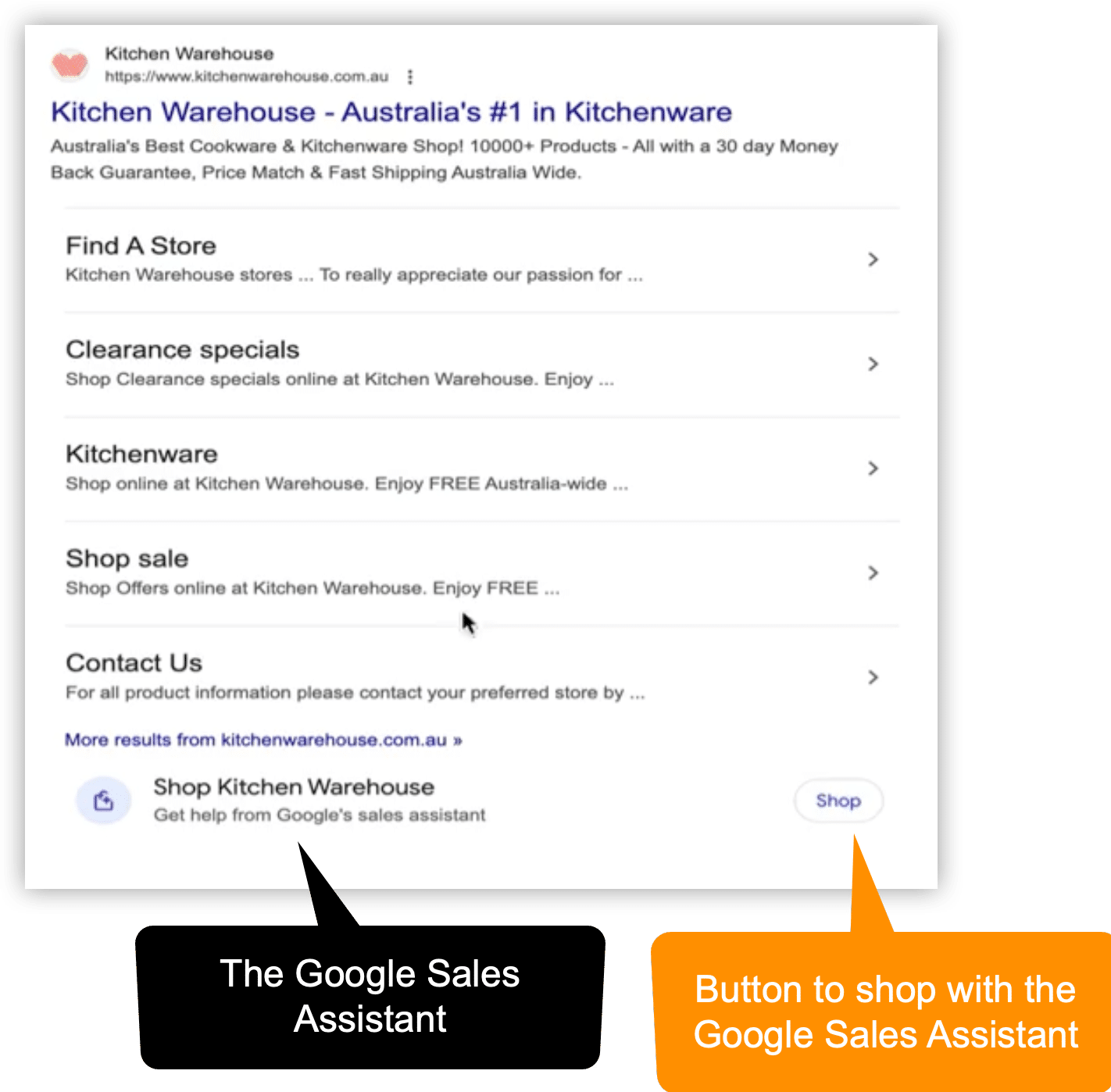
When the Shop button is clicked, a panel on the right appears, with the Google Sales Assistant asking what the searcher is looking for.
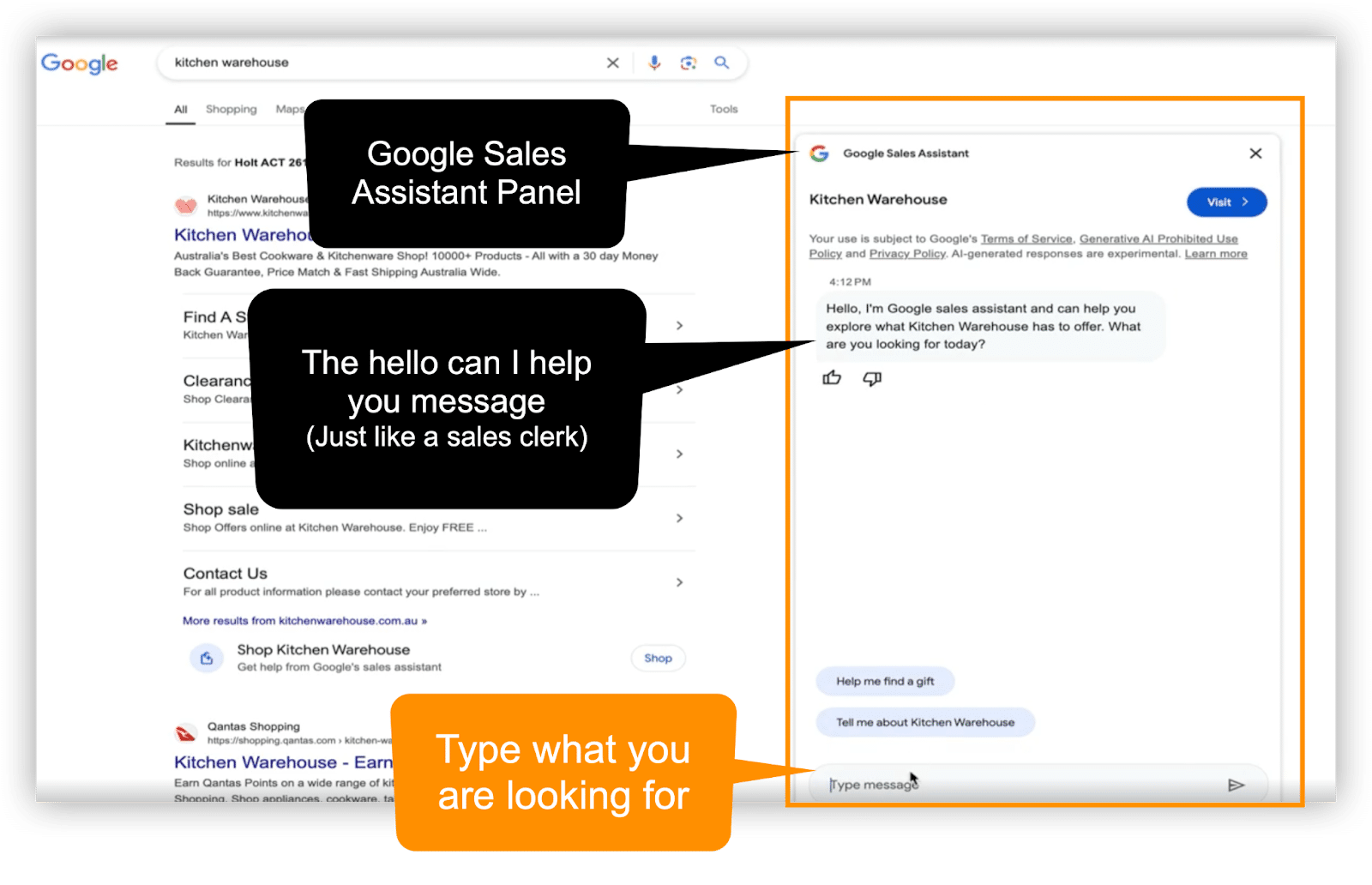
The user tells the Google sales assistant what they are looking for. (In the video, the user entered the query “looking for a non-stick pan.”)
The assistant asks about the size the user is looking for, followed by a list of different pans.
Each pan is described with approximately two sentences outlining its features, finish, typical size and other details, appearing as though particular products sold at Kitchen Warehouse were being listed.
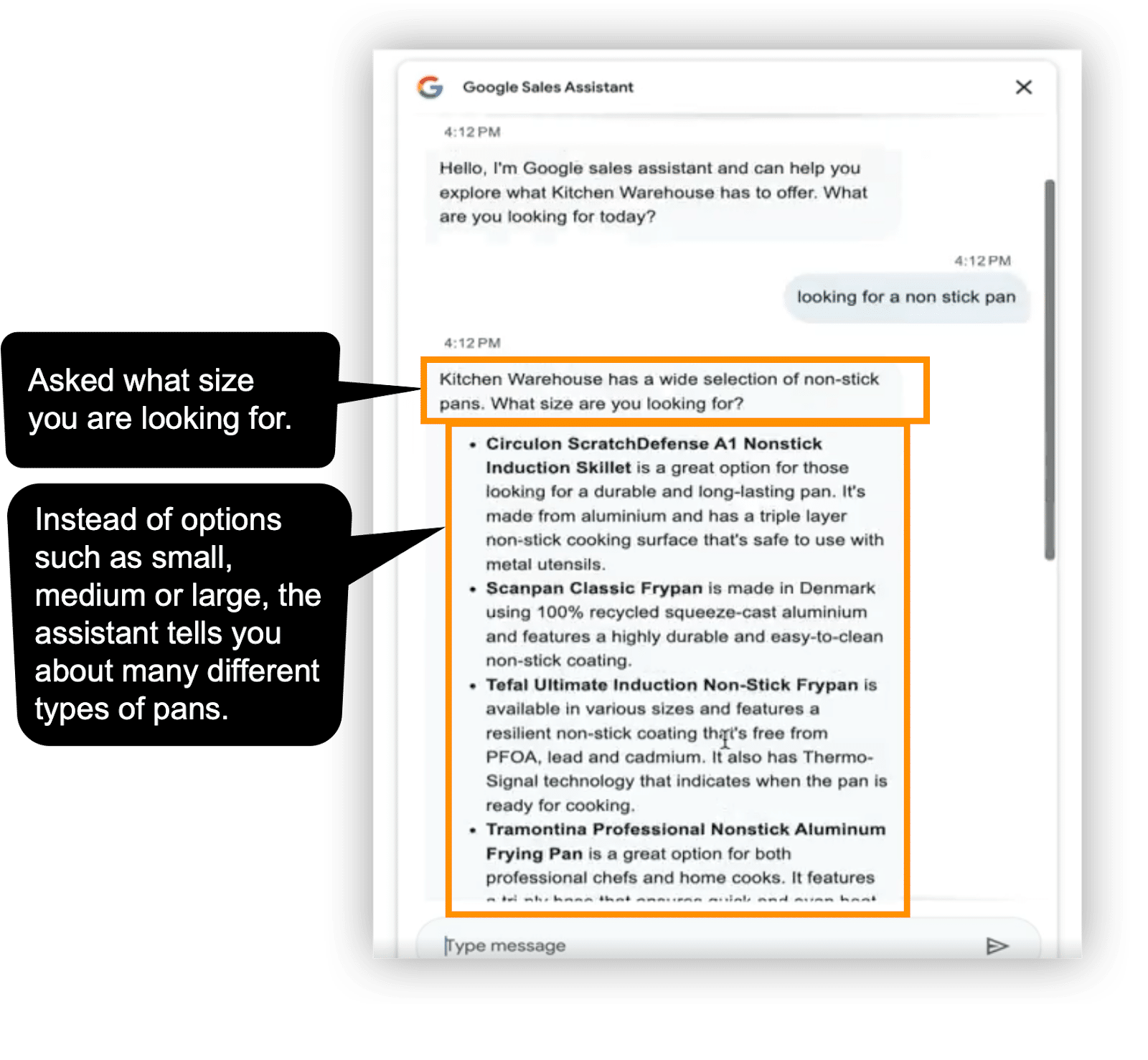
Scrolling down, the user sees a carousel of products organized by the Google Sales Assistant, which is not likely in the order defined by merchandisers (or algorithms) in the product grid pages.
What’s concerning is that Kitchen Warehouse has over 170 nonstick frying pans.
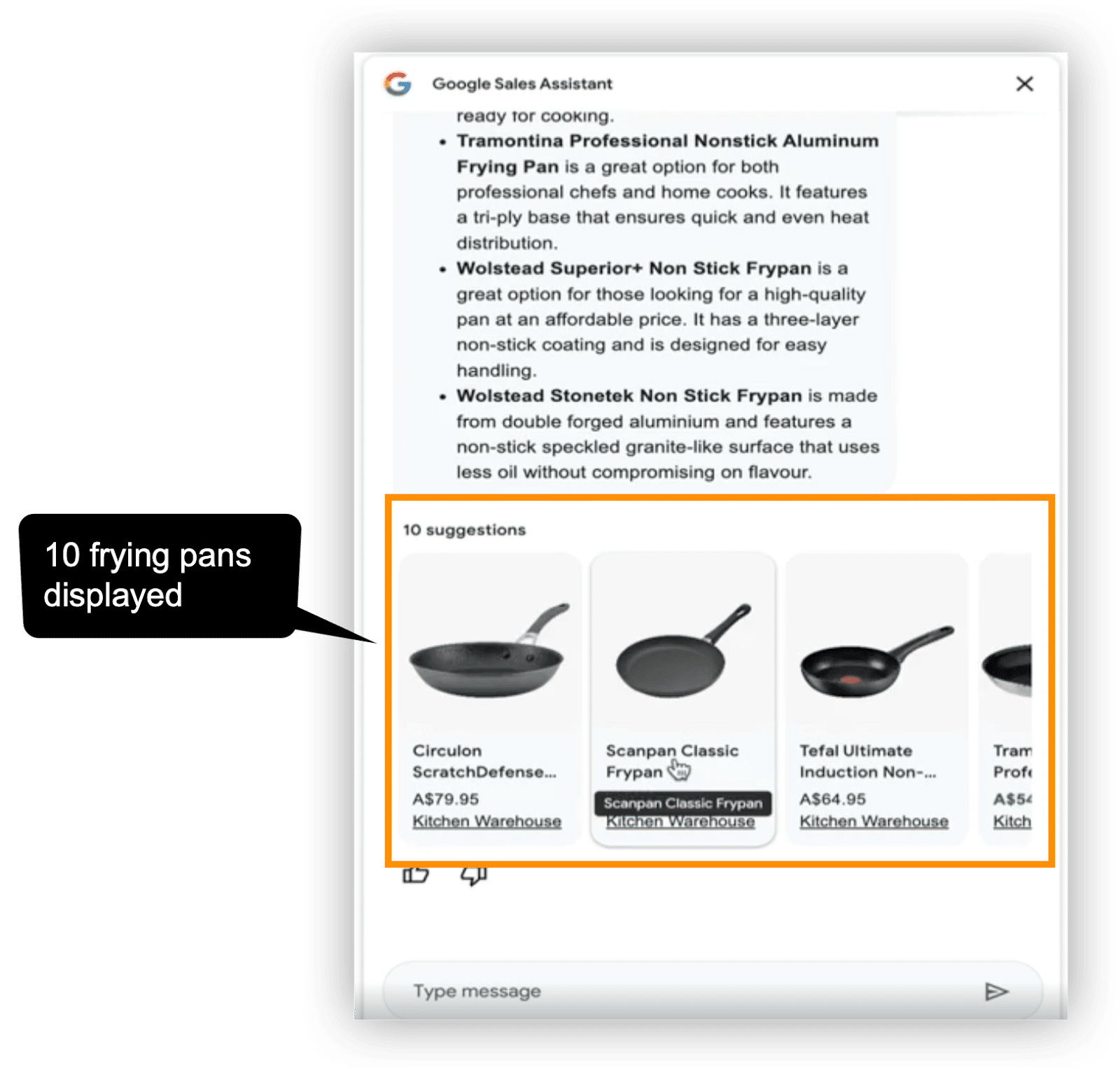
The 10 suggestions in the carousel can be assessed, but they may not necessarily represent the brand’s best image to users, as Google generated them using its AI.
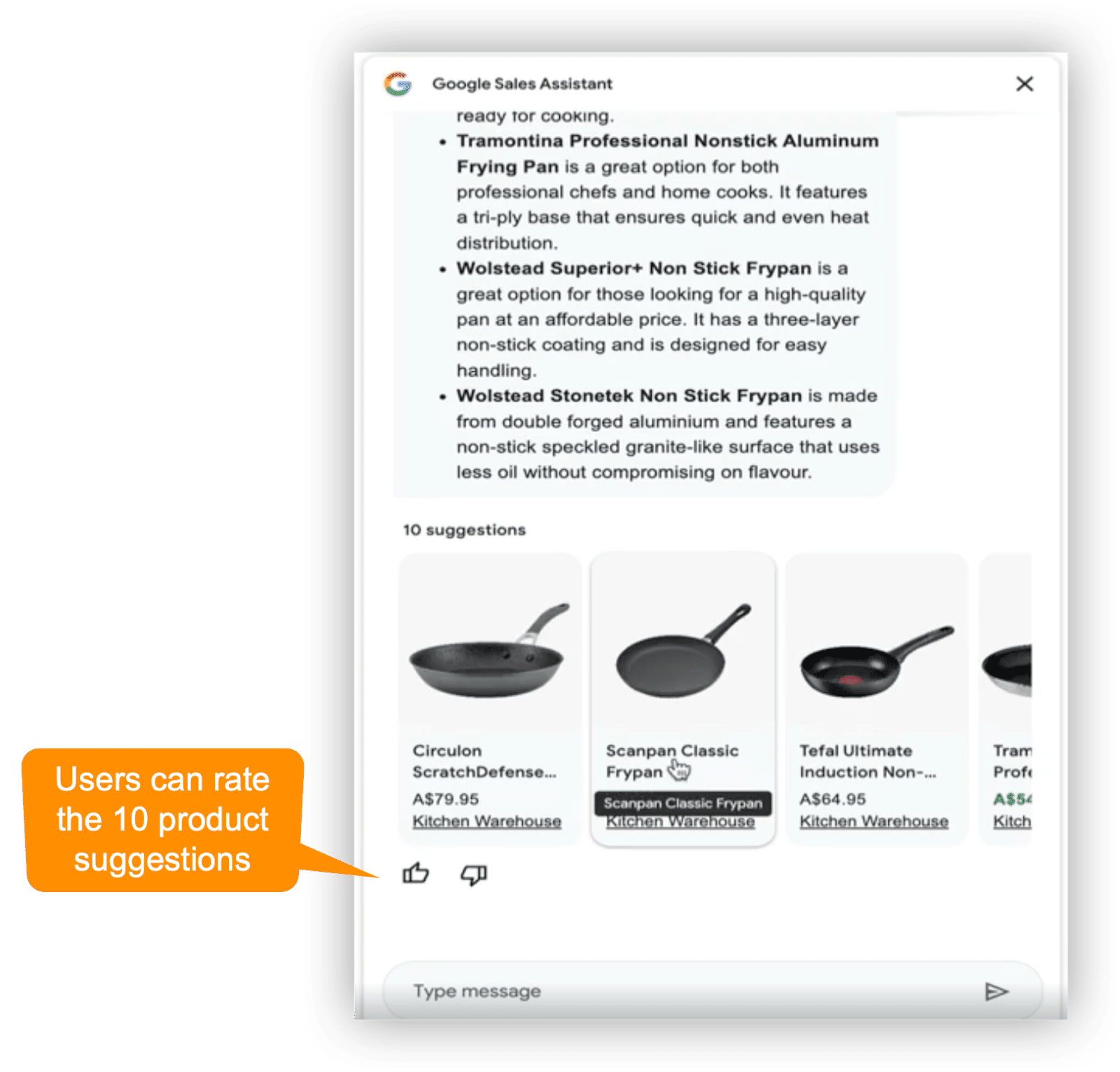
In the video, the user clicks on a product, and the Sales Assistant panel displays the product photos and description, along with a link to the website.
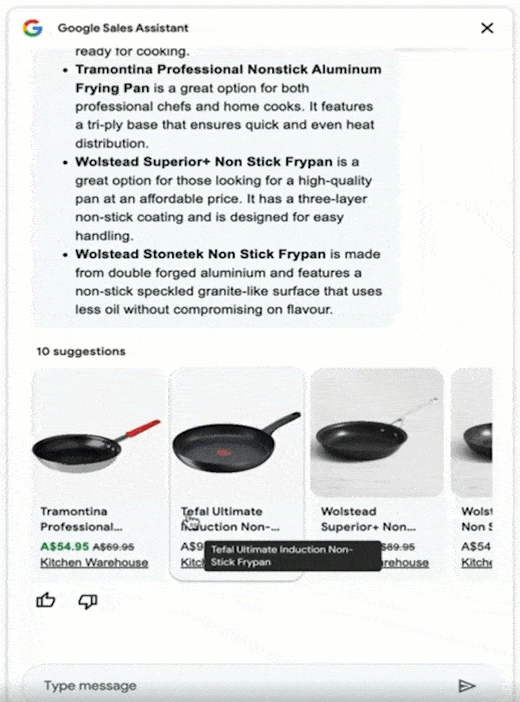
With this feature, the SERPs could hijack your product grid page’s SEO traffic.
What are the risks executives need to hear?
While this new feature holds exciting potential, it also raises several important “what ifs.”
Whose inventory will be displayed in the carousel?
In the video, all the products were from Kitchen Warehouse.
But what will the future hold?
- What will happen if a product is out of stock?
- What did the customer ask for that the store doesn’t have?
- Will the Sales Assistant be like Zappos and suggest a competitor website that sells what the user is looking for?
Detailed product knowledge
Right now, your organic listing reflects only what you’ve put out there.
But as AI-driven assistants learn to respond in richer detail, Google may lean on other sources if your content lacks specificity or depth.
- Will it be correct?
- Is it messaging you want to communicate?
- Is it on brand?
If your product is missing unique, detailed information, you may lose control (or influence) in messaging displayed in AI-led interactions.
Users may never see product specs/descriptions
The sales assistant showed a short description (1-2 sentences) for each product. That isn’t really enough to properly sell a user on your product.
Users will like this
Company websites often display 1-3 popups during the shopping experience, which can be annoying. However, this experience eliminates those interruptions.
It’s fast, and it offers a consistent shopping experience across many sites, making the user’s shopping journey simpler and quicker.
If you divest in SEO because of this, your competitors will gobble up market share. And if you don’t shine in the Google Sales Assistant, your customers may buy from sites that do.
Dig deeper: Retailers: Google is becoming your new category page
Adapting to the evolving search landscape
SEO is not dying, and it’s important to communicate this to executives.
SEO remains a vital channel, but it may require a facelift – or even a full overhaul – on certain sections of your site, especially those that Google will use for its Sales Assistant feature.
I think of SEO in a few buckets:
- Content SEO.
- Technical SEO.
- Local SEO.
- Off-page SEO.
- SERP SEO (it’s what we’re talking about here).
- Operational SEO.
The SERPs have evolved significantly. Unlike in the past, you now need both a strategy and specific tactics to succeed.
A dedicated SERP SEO strategy is essential.
Creating a SERP SEO strategy
Many companies focus their SERP SEO strategy on title tags, meta descriptions and structured data.
However, you must expand beyond these areas and collaborate with teams that may not be eager to make the necessary changes.
To optimize for the Google Sales Assistant portion of your SERP SEO strategy, here’s where to focus.
Product descriptions need a robust, detailed summary sentence
No marketing fluff here. When Google borrows content for the Sales Assistant, your goal is to have it sell the product in a single sentence. A second sentence is a bonus if Google chooses to display it.
Start small – focus on one product line or the top 10, 20 or 50 products to establish standards, find the right tools to scale and define workflows. Later, you can decide how to prioritize which products get special imagery and which don’t.
Aim to secure real estate for this content outside of the main description section or, at the very least, place it before the main description.
You want Google to view this text as a standalone entity, front and center. That said, Google is quite adept at identifying quality content for extraction in the SERPs.
Consider adding product buying guides
This type of content discusses the product category and leads the shopper toward various products.
Google may use some of this content for its AI, and so will other AIs like ChatGPT.
Product images should educate, not just display
They should sell the product on their own, without the user ever reading your product description.
Some of the best examples of this come from inexpensive products on Amazon. In a nutshell, products need dimensions, feature callouts and text.
- Dimensions should be added to photos.
- Point to features on the product.
- Add text in images with key selling points.
(At the end of this article, you’ll find examples of images that effectively sell the product features.)
Adapting your operational SEO approach
Operational SEO focuses on how SEO is implemented within a large company.
As Google transforms its search results into a “store,” this will require some adjustments across the board.
The shift will impact multiple teams, including user experience, photography, graphic design, writers, merchandisers and more.
To ensure smoother SEO operations as we prepare for the launch of the Google Sales Assistant, here are some key tips.
Get executive buy-in
It’s crucial to secure executive support for both the strategy and the operational plan required to execute it. Executives must fully understand the scope of content and graphic changes you’ll be recommending.
While it may seem niche at the moment, AI is rapidly advancing.
Now is the time to refine your processes for creating the type of imagery and content needed at scale.
Get merchandiser buy-in for your strategy
In some companies, merchandisers are compensated based on sales in their categories.
Google’s changes will impact these sales, especially if the product images and text displayed in the AI sales assistant aren’t appealing to buyers.
As a result, the merchandising team could become an unexpected ally in your SERP SEO strategy.
Spark content strategy conversations
Encourage discussions around whether your products have the quality, features and pricing to compete as AI expands its scope beyond just your brand.
These conversations could lead to important shifts in how you structure pricing, product imagery, and descriptions.
Change the content goal to be the go-to authority in the eyes of AI
This isn’t just about ranking; it’s about becoming the go-to authority on your product in the eyes of AI.
Think of your content as a script for AI. Outline every feature, benefit and unique selling point in clear, compelling detail.
For example, if you offer cookware, explain the technology behind your non-stick coating or why it’s more durable than competitors.
You may already do this, but the question is:
Are you doing it in a way that ensures AI will recognize your product as superior when comparing it to competitors’ content?
Develop the SEO operations plan for execution
SEO operations must evolve into a seamless, well-oiled machine that functions consistently across the organization. How?
Start practicing now. Establish the workflow now. Focus on integrating SEO the way it should have been done years ago.
If you wait, you’ll be scrambling when the Google Sales Assistant launches and revenue starts to drop.
Evaluate structured markup opportunities
Take a close look at the schema options available for your products, and implement as many schema attributes as possible.
This is an effective way to provide detailed product information to search engines, helping AI-driven SERPs and tools display your product details accurately.
The big picture: SEO ops in an AI-driven search world
Google’s AI Sales Assistant might be experimental now, but if it becomes mainstream, it could fundamentally change how users interact with products in search results.
SEO managers at large companies must go beyond the basics and embrace a strategy that blends content depth, technical SEO and organizational collaboration.
If your SEO operations team isn’t ready to think beyond keywords and meta descriptions, it’s time to level up.
Get the right stakeholders on board, develop high-quality product content and educational product images and ensure that every team is rowing in the same direction.
Practice now, so you’re prepared when Google’s Sales Assistant goes primetime.
By embracing these AI-inspired strategies, you can help your brand lead the charge, ensuring it stands out to customers – and to the digital assistants that increasingly influence what they see.
Dig deeper: How to optimize for product-first results in retail Google SERPs
Examples of product images that educate and sell
Below are examples of products I have purchased. I was sold on these products by the images alone.
Images like this will help maximize sales in the Google Sales Assistant, where you may only have 1-2 sentences for a product description.
Do you recall how big those product images were? Huge. Maybe there’s a reason?
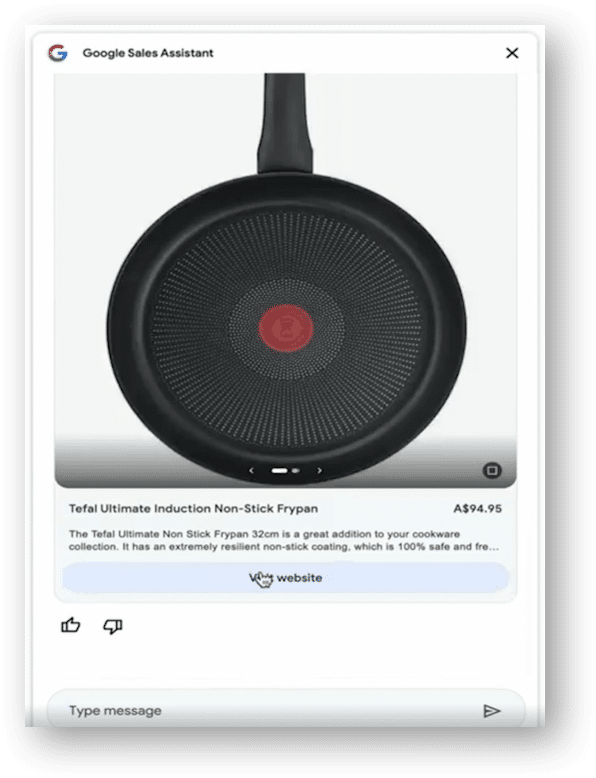
Below are examples of how to use that large image space to sell the product through product images.
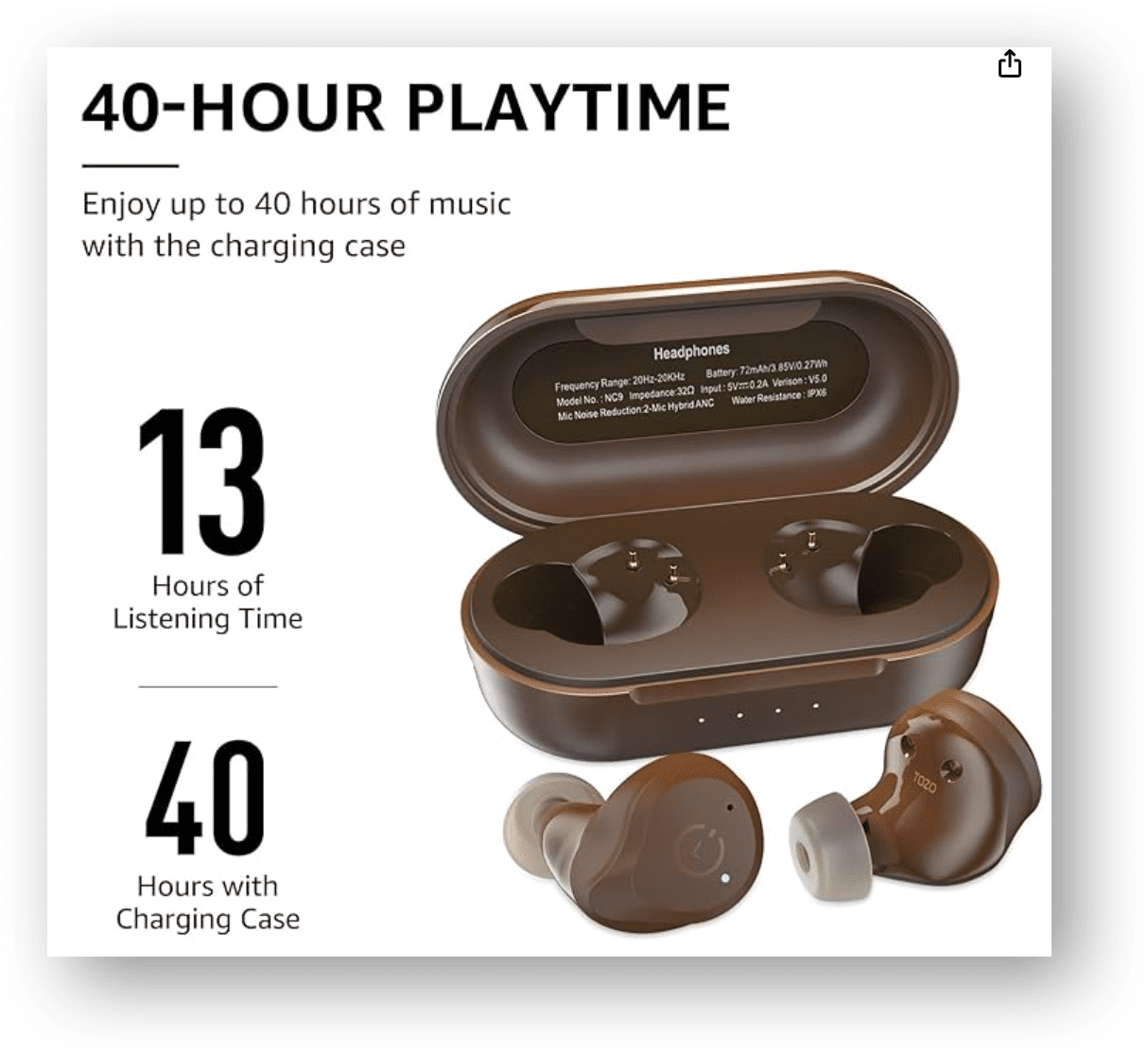
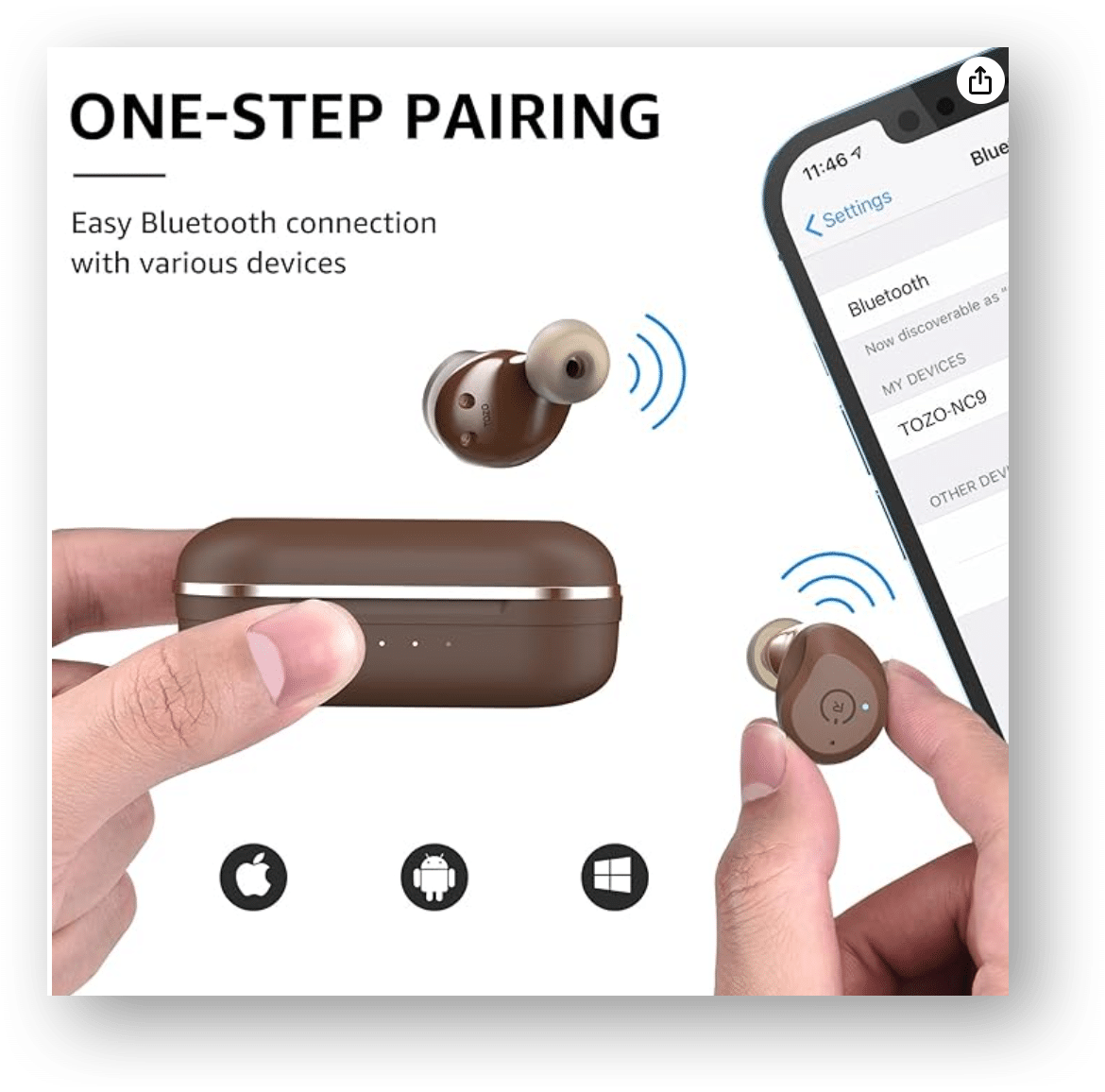


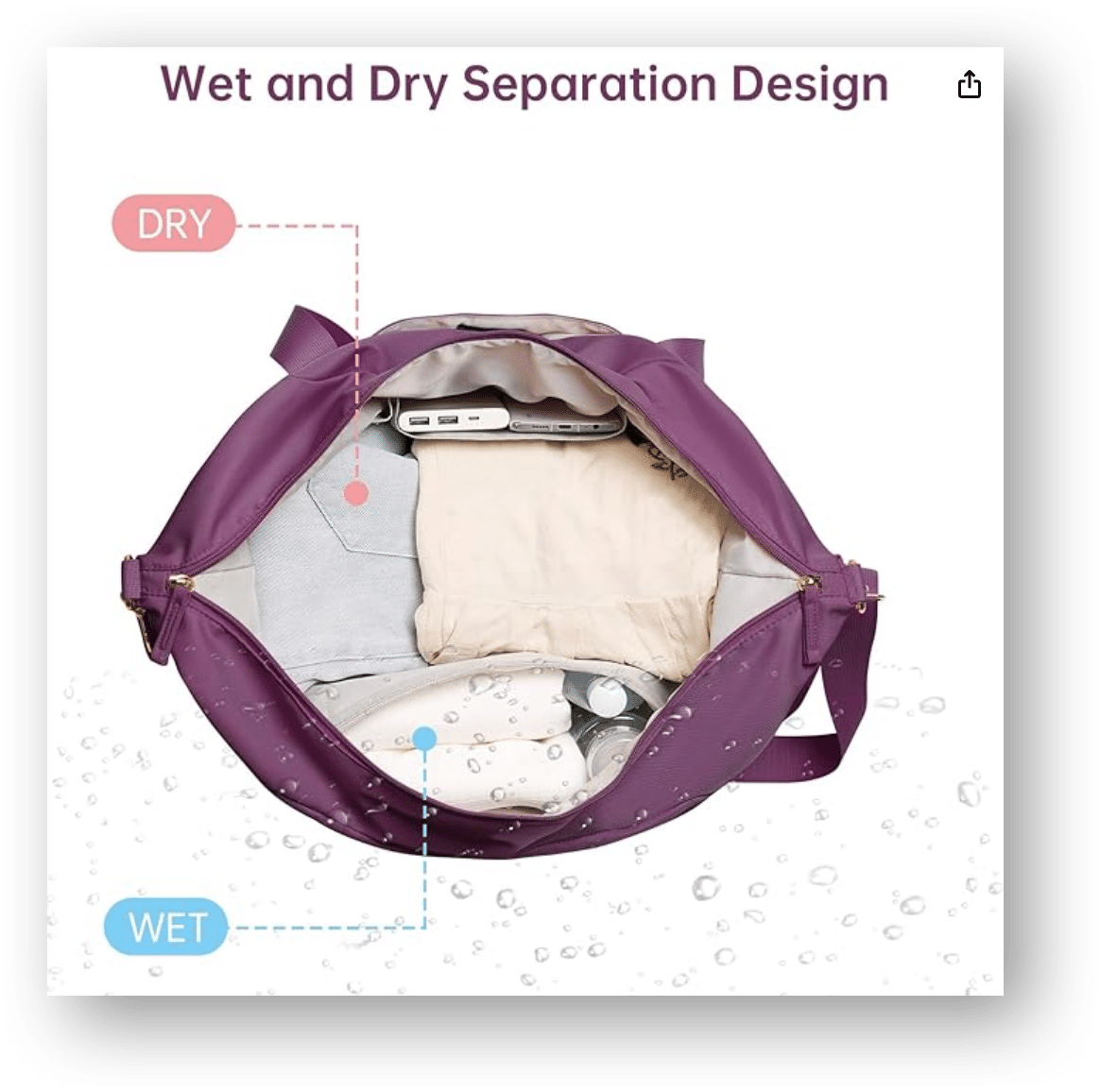

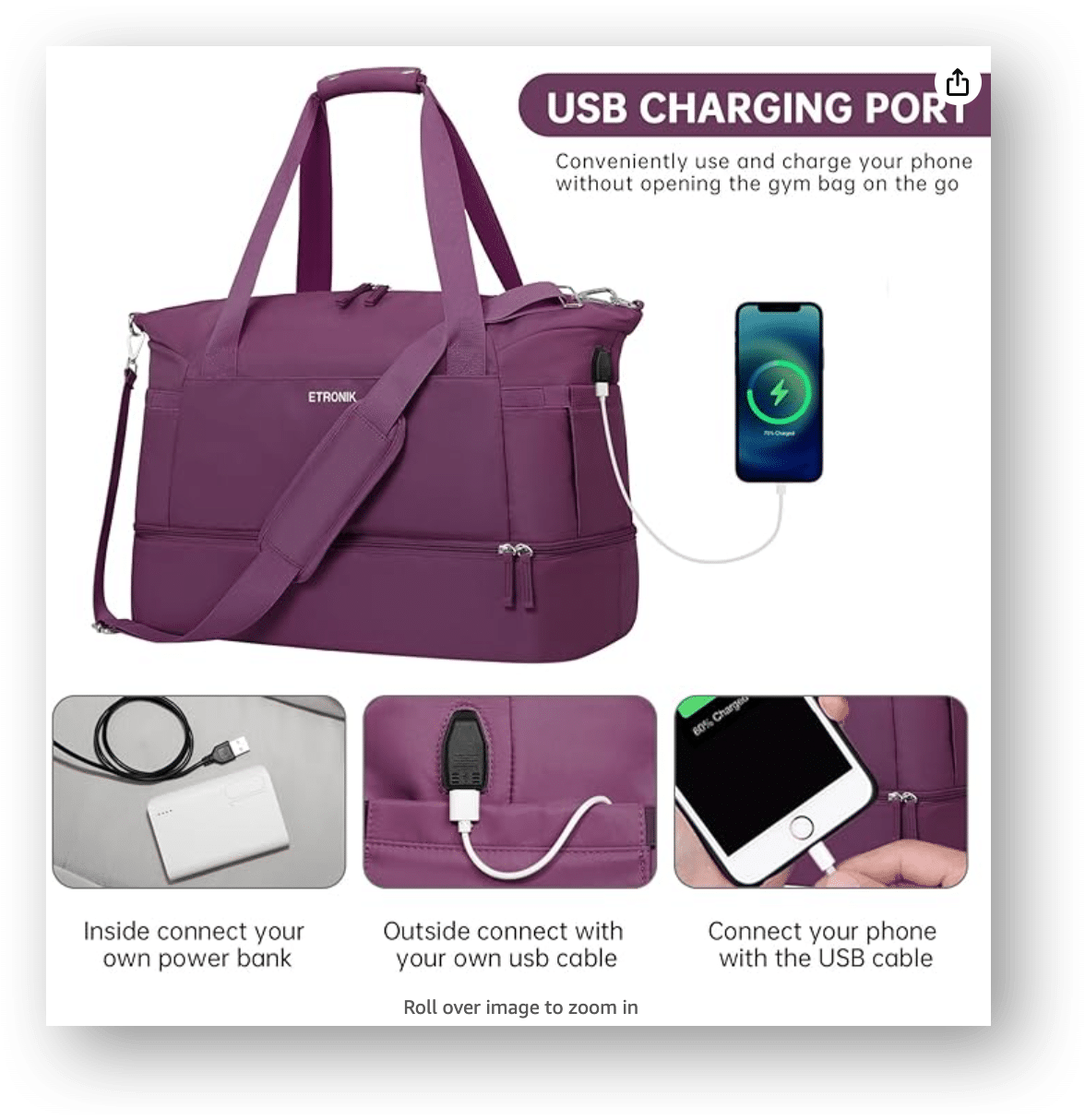
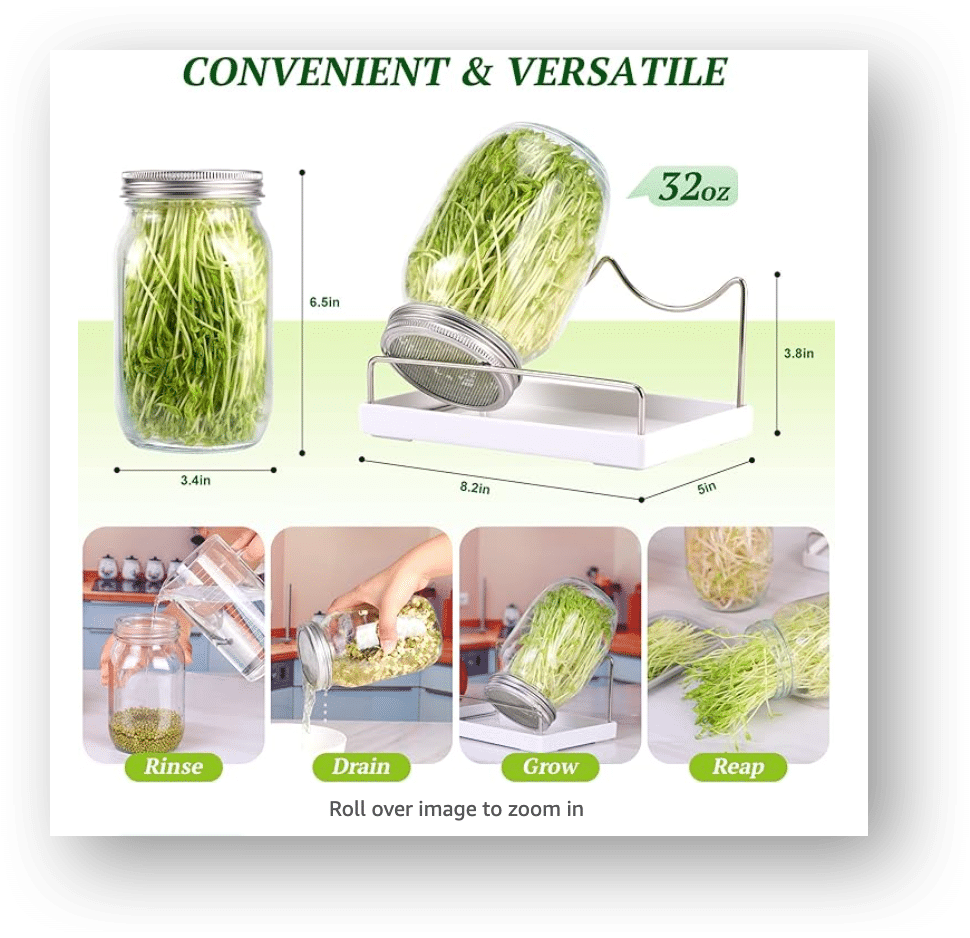
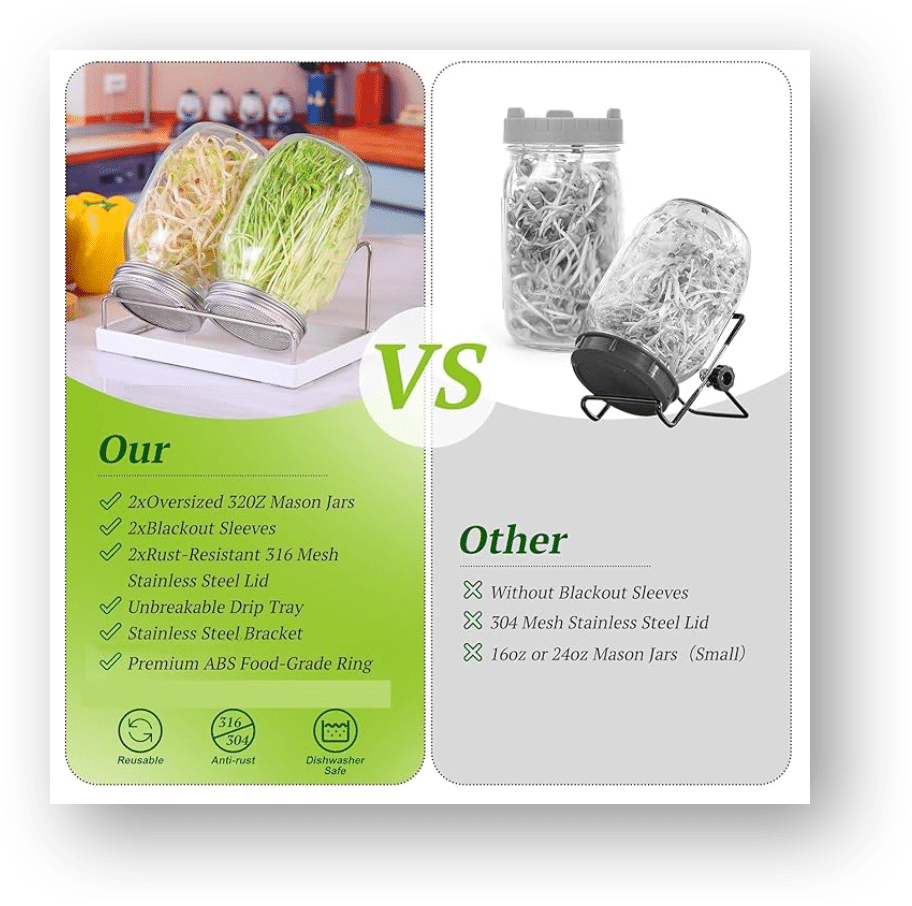
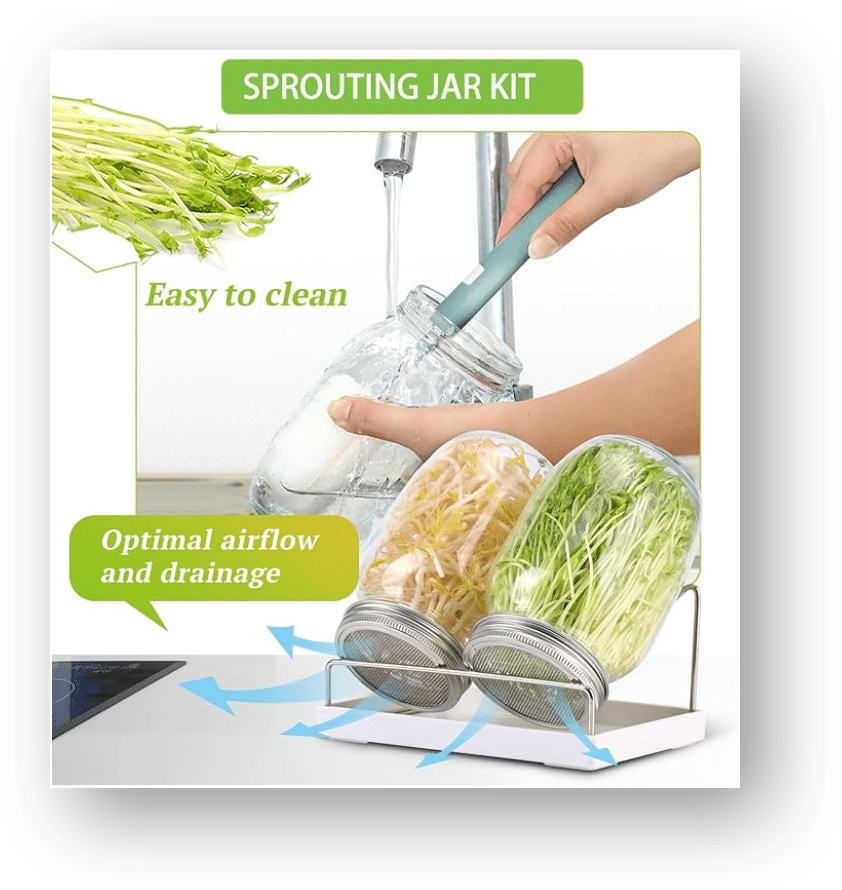
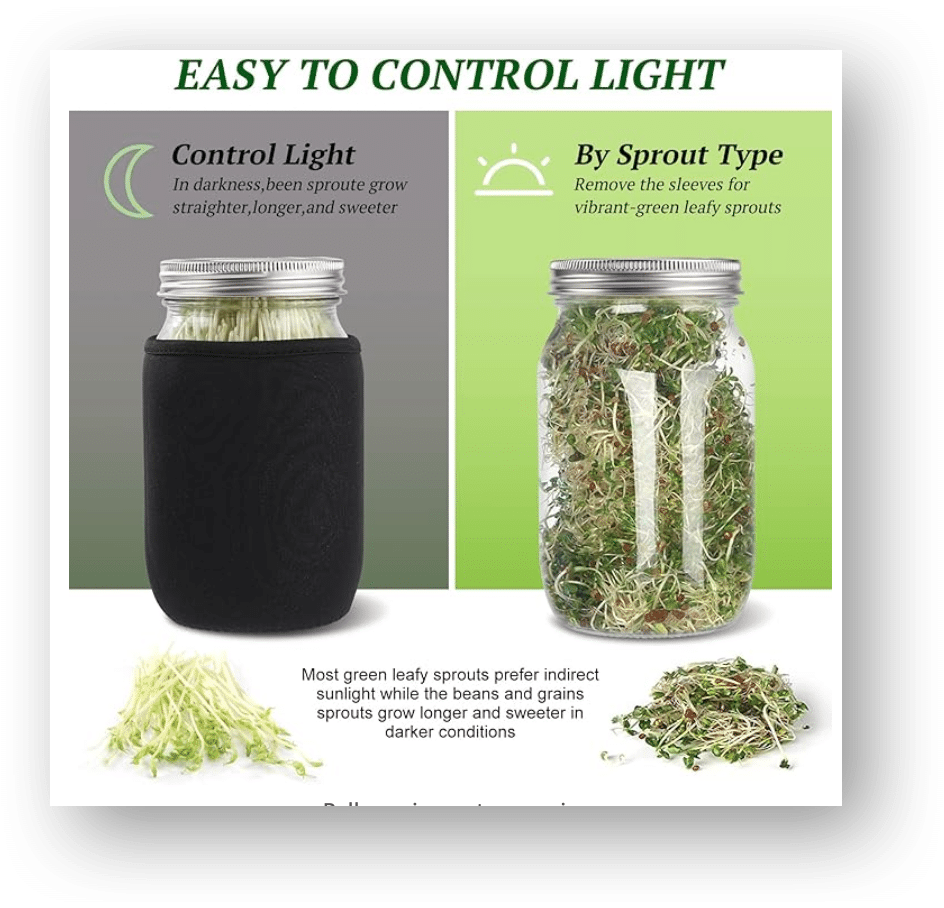
source https://searchengineland.com/google-ai-sales-assistant-seo-prepare-448500

0 Comments